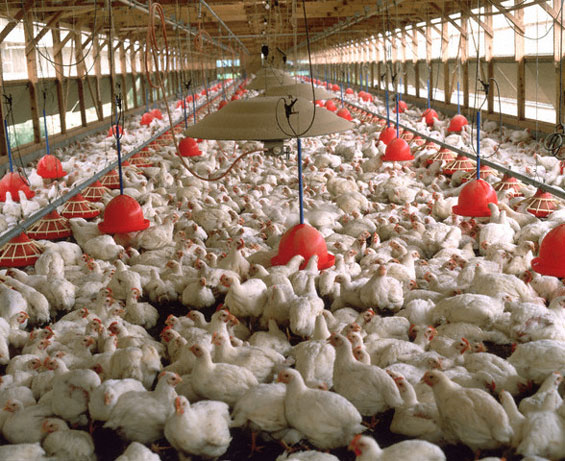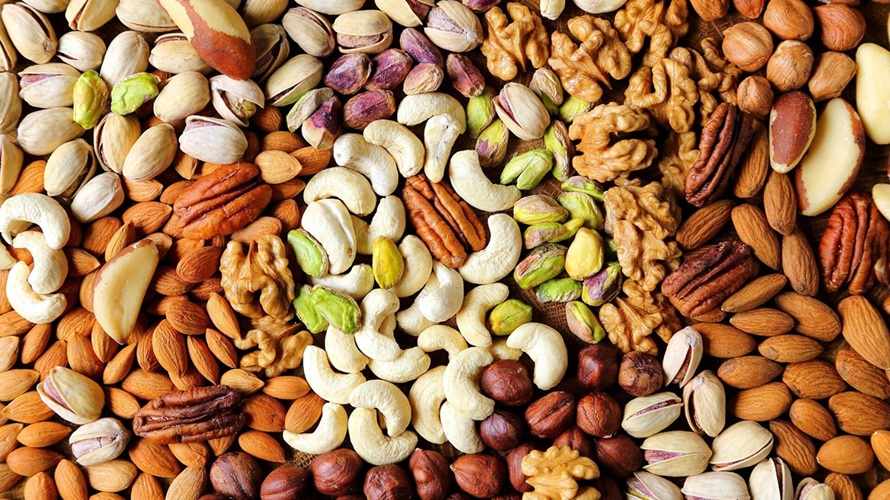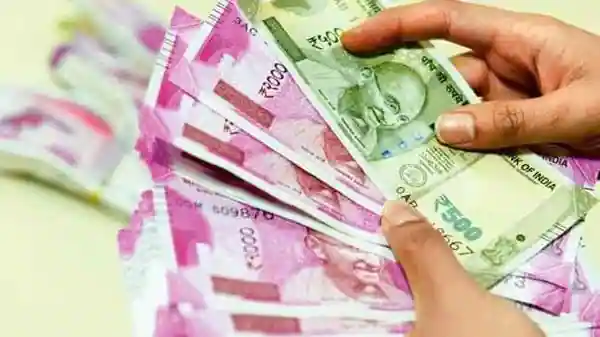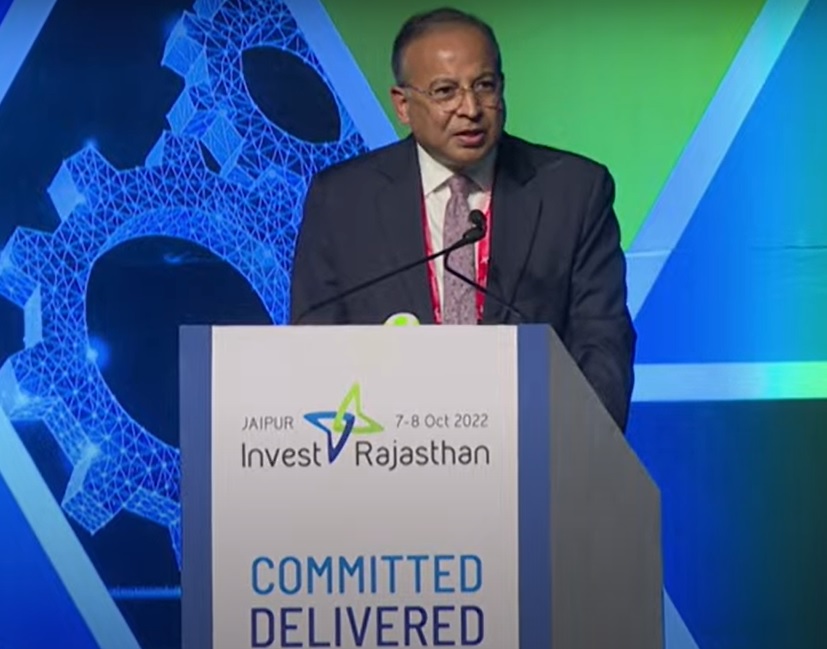By: Dr. Majdood Ahmad, Consultant, (Retd. Dy. Comm. Poultry, Govt. of India.)
The Poultry Venture Capital Fund Scheme was sanctioned by the Department of Animal Husbandry, Dairying & Fisheries (DAH&D), Ministry of Agriculture, Government of India during 11th five year plan, with a view to create a venture capital fund for providing financial assistance to agricultural farmers/individual entrepreneurs and groups of all sections of unorganized as well as organized poultry sector. The National Bank for Agriculture and Rural Development (NABARD) is the Nodal Agency for implementation of the scheme, which is being implemented by the Commercial Banks, Cooperative Banks and Regional Rural Banks. The funds provided by the DAH&D are kept with NABARD and act as a revolving fund.
- 1. Objectives of the scheme:
- To encourage poultry farming activity especially in non-traditional States and provide employment opportunities in backward areas.
- To improve production of poultry products which have ready market all over country.
- To improve productivity of un-scientifically run units through technology upgradation.
- To provide quality meat to consumers in hygienic conditions and improve hygienic sale of poultry meat and products in urban areas and neighbourhood societies through poultry dressing and marketing outlets.
- To improve productivity and facilitate rearing of other poultry species like quails, ducks, turkeys etc which have good potential.
2. Implementing period and Area of operation:
The revised scheme will be implemented during 2011-12 through out the country. The scheme will come into effect from 1 April 2011. Proposals sanctioned and disbursed on or after 1 April 2011 shall be covered under the scheme.
3. Eligibility:
a. Farmers, individual entrepreneurs, NGOs, companies, cooperatives, groups of unorganised and organized sector which include Self Help Groups (SHGs), Joint Liability Groups (JLGs) etc.
b. An individual will be eligible to avail assistance for all the components under the scheme but only once for each component.
c. When more than one member of a family is assisted under the scheme, the units set up by each member should be with separate infrastructure at different locations with distinct identity. The distance between the boundaries of two adjacent farms should be at least 500m.
d. Biosecurity norms should be kept in view while locating the units.
4. The components which can be funded are:
| Sr. No. | Components | Unit Cost (Rs) | Pattern ofAssistance |
| 1. | Breeding farms for Low Input Technology Birds like Turkey, Ducks, Japanese quails, Emu etc. | Rs. 30 Lakhs – Varies depending on the species and unit size. | 25% of the outlay (33 .33 % for SC / ST farmers and NE States including Sikkim) as back ended capital subsidy subject to a ceiling of Rs 7.50 lakh (Rs 10.00 lakh for SC/ST farmers and NE States including Sikkim). |
| 2. | Central Grower Units – upto 16,000 layer chicks per batch. | Rs. 40 Lakhs for a unit of 16000 layer chicks per batch (three batches a year) – Varies with size. | 25% of the outlay (33.33 % for SC / ST farmers and NE States including Sikkim) as back ended capital subsidy subject to a ceiling of Rs 10 lakh for a batch of 16000 birds (Rs 13.33 lakh for SC/ST farmers and NE States including Sikkim). Subsidy shall be restricted on a prorata basis depending on the unit size. Permissible maximum unit size under the scheme is 16000 layer chicks per batch. |
| 3. | Hybrid Layer Chicken Units – upto 5,000 layers | Rs. 8 Lakhs for 2000 layer unit. – Varies with the size. | 25% of the outlay (33.33 % for SC / ST farmers and NE States including Sikkim) as back ended capital subsidy subject to a ceiling of Rs 1.00 lakh for 1000 birds ( Rs 1.33 lakh- for SC/ST farmers and NE States including Sikkim,). Subsidy shall be restricted on a prorata basis depending on the unit size subject to a ceiling of Rs 5 lakh (Rs 6.65 lakh for SC / ST farmers and NE States including Sikkim ) for a 5000 layer unit. Permissible maximum unit size under the scheme is 5000 layers. |
| 4. | Hybrid Broiler (Chicken) Units – upto 5,000 birds. | Rs. 2.24 Lakhs for a batch of 1,000 broilers Varies withunit size | 25% of the outlay (33.33 % for SC / ST farmers and NE States including Sikkim) as back ended capital subsidy subject to a ceiling of Rs 56,000/- for a unit of 1000 birds (Rs 74,600/- for SC/ST farmers and NE States including Sikkim). Subsidy shall be restricted on a prorata basis depending on the unit size, subject to a ceiling of Rs 2.80 lakh (Rs 3.73lakh for SC / ST farmers and NE States including Sikkim ) for a 5000 broiler unit . Permissible maximum unit size is 5000 broilers at any point of time. |
| 5. | Rearing other species of poultry than chicken. | Rs. 10 Lakhs – Varies with the species and unit size | 25% of the outlay (33.33 % for SC / ST farmers and NE States including Sikkim) as back ended capital subsidy subject to a ceiling of Rs 2.50 lakh (Rs 3.33 lakh for SC/ST farmers and NE States including Sikkim). |
| 6. | Feed mixing unit – 1 ton per hour. Disease Investigation Lab. | Rs. 16 Lakhs | 25% of the outlay (33.33 % for SC / ST farmers and NE States including Sikkim) as back ended capital subsidy subject to a ceiling of Rs 4.00 lakh (Rs 5.33 lakh for SC/ST farmers and NE States including Sikkim). |
| 7. | Transport Vehicle – open cages | Rs. 8 Lakhs | 25% of the outlay (33.33 % for SC / ST farmers and NE States including Sikkim) as back ended capital subsidy subject to a ceiling of Rs 2.00 lakh (Rs 2.66 lakh for SC/ST farmers and NE States including Sikkim). |
| 8. | Transport Vehicles – Refrigerated. | Rs. 15 lakhs | 25% of the outlay (33.33 % for SC / ST farmers and NE States including Sikkim) as back ended capital subsidy subject to a ceiling of Rs 3.75 lakh (Rs 5.00 lakh for SC/ST farmers and NE States including Sikkim) |
| 9. | Retail Outlets – Dressing Units | Rs. 6 Lakhs | 25% of the outlay (33.33 % for SC / ST farmers and NE States including Sikkim) as back ended capital subsidy subject to a ceiling of Rs 1.50 lakh (Rs 2.00 lakh for SC/ST farmers and NE States including Sikkim). |
| 10. | Retail Outlet – Marketing Units | Rs. 6 Lakhs | 25% of the outlay (33.33 % for SC / ST farmers and NE States including Sikkim) as back ended capital subsidy subject to a ceiling of Rs 1.50 lakh (Rs 2.00 lakh for SC/ST farmers and NE States including Sikkim). |
| 11. | Mobile Marketing Units | Rs. 8 Lakhs | 25% of the outlay (33.33 % for SC / ST farmers and NE States including Sikkim) as back ended capital subsidy subject to a ceiling of Rs 2.00 lakh (Rs 2.66 lakh for SC/ST farmers and NE States including Sikkim). |
| 12. | Cold storage for poultry products | Rs. 20 Lakhs | 25% of the outlay (33.33 % for SC / ST farmers and NE States including Sikkim) as back ended capital subsidy subject to a ceiling of Rs 5.00 lakh (Rs 6.66 lakh for SC/ST farmers and NE States including Sikkim). |
| 13. | Egg / Broiler Carts | Rs. 10 Thousand | 25% of the outlay (33.33 % for SC / ST farmers and NE States including Sikkim) as back ended capital subsidy subject to a ceiling of Rs 2500/-(Rs 3300/- for SC/ST farmers and NE States including Sikkim). |
| 14. | Large processing units – 2000 to 4000 birds per hour. | Rs. 500 Lakhs | 25% of the outlay (33.33 % for SC / ST farmers and NE States including Sikkim) as back ended capital subsidy subject to a ceiling of Rs 125.00 lakh (Rs 166.65 lakh for SC/ST farmers and NE States including Sikkim). |
| 15. | Emu processing units | Varies with unit size | 25% of the outlay (33.33 % for SC / ST farmers and NE States including Sikkim) as back ended capital subsidy |
| 16. | Feather ProcessingUnits | Varies withunit size | 25% of the outlay (33.33 % for SC / ST farmers and NE States including Sikkim) as back ended capital subsidy. |
| 17. | Technologyupgradation | Varies with thecomponent | 25% of the outlay (33.33 % for SC / ST farmers and NE States including Sikkim) as back ended capital subsidy. |
5. Funding pattern:
Entrepreneur contribution (margin) – For loans upto Rs one lakh, banks may not insist on margin as per RBI guidelines. For loans above Rs 1.00 lakh: 10% (minimum).
Back ended capital subsidy – as indicated above at 4.
Effective Bank Loan (excluding eligible subsidy as above) – Balance portion, Minimum 40% of the outlay.
6. Linkage with credit:
Assistance under the scheme would be purely credit linked and subject to sanction of the project by eligible financial institutions.
7. Eligible financial institutions:
a. Commercial Banks
b. Regional Rural Banks
c. State Cooperative Banks
d. State Cooperative Agriculture and Rural Development Banks: and
e. Such other institutions, which are eligible for refinance from NABARD.
8. Security:
The security for availing the loan will be as per guidelines issued by RBI from time to time.
9. Rate of Interest:
Rate of interest on the loans shall be as per RBI guidelines and declared policy of the bank in this regard. The bank may charge interest on the entire loan amount till the subsidy is received and from the date of receipt of subsidy by the implementing branch, interest has to be charged only on the effective bank loan portion i.e. outlay excluding the margin and subsidy.
10. Time limit for Completion of the project:
a. Time limit for completion of the project would be as envisaged under the project, subject to maximum of 12 months period from the date of disbursement of the first instalment of loan which may be extended by a further period of 3 months, if reasons for delay are considered justified by the financial institution concerned.
b. If the project is not completed within the stipulated period, benefit of subsidy shall not be available and advance subsidy placed with the participating bank, if any, will have to be refunded forthwith to NABARD.
11. Repayment:
a. Repayment Period will depend on the nature of activity and cash flow and will vary between 5- 9 years. Grace period may range from 6 months to 1 year.
b. The repayment schedules will be drawn on the total amount of the loan (including subsidy) in such a way that the subsidy amount is adjusted after liquidation of net bank loan (excluding subsidy)
12. Adjustment of subsidy:
a. The capital subsidy will be back ended with minimum lock-in period of 3 years.
b. The capital subsidy should be refunded one year after the account becoming NPA and remaining NPA as on date.
c. The capital subsidy will be adjusted against the last few installments of the bank loan.
d. The capital subsidy admissible under the scheme will be kept in the “Subsidy Reserve Fund Account (Borrower-wise) in the books of the financing bank. No interest will be paid on this amount by the bank. In view of this, for the purposes of charging interest on the loan component, the subsidy amount should be excluded. The balance lying to the credit of the “Subsidy Reserve Fund Account” will not form part of Demand and Time Liabilities for calculation of CRR and SLR.






0 Comments